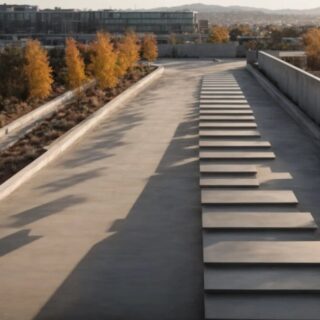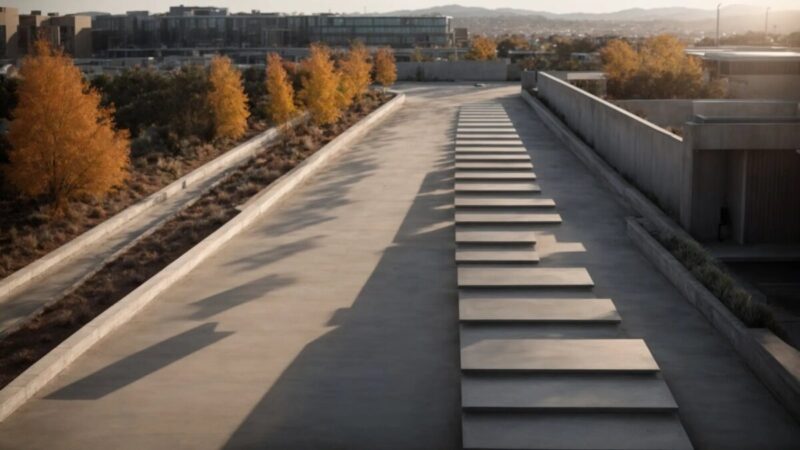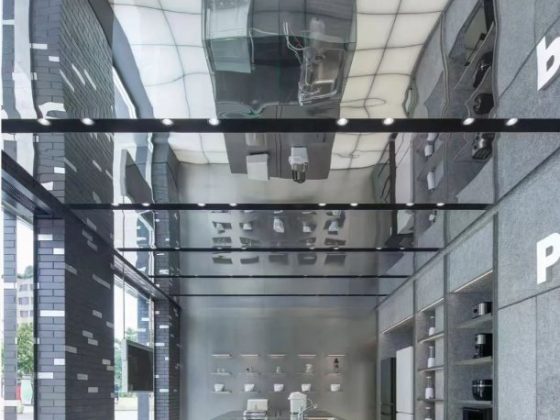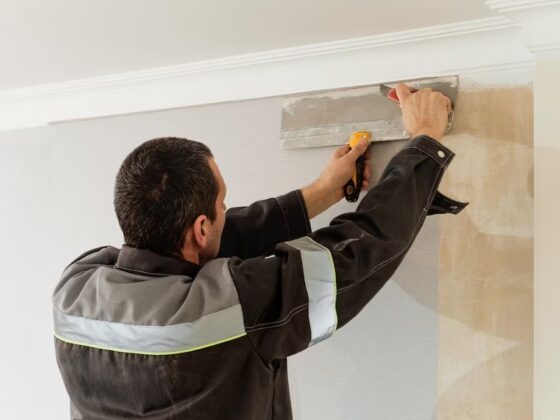When considering the construction of sidewalks, the choice of material directly impacts their durability, aesthetic appeal, and overall cost. Aggregate concrete has risen as a preferred choice for many builders and city planners alike due to its numerous benefits. From its longevity to the variety of design options and its environmentally friendly attributes, aggregate concrete has proven to be a competitive option for modern infrastructure projects. Keep reading to understand why aggregate concrete might be the ideal choice for your next sidewalk project.
Exploring the Durability and Longevity of Aggregate Concrete Sidewalks
The resilience of aggregate concrete stems from its robust composition, key to enduring harsh weather and heavy foot traffic. Unlike traditional concrete, aggregate mixtures incorporate various materials that provide extra strength and resistance against cracking and wear. This intrinsic durability translates into a longer lifespan for sidewalks, avoiding frequent repairs or replacements.
Preventative measures, such as sealing, can further enhance the durability of an aggregate concrete sidewalk. Sealing not only protects the surface from stains but also moisture penetration, thus contributing to the material’s longevity. It acts as a safeguard, making the concrete more resilient in the face of various degrading factors.
Typically, aggregate concrete sidewalks demand minimal upkeep, an advantage that extends their usability and reduces the total cost of ownership. Regular cleaning to remove debris and occasional resealing to protect the surface are the primary maintenance activities required. These simple tasks are easy to perform and do not call for specialized skills, thereby facilitating consistent sidewalk upkeep.
In the event of damage, the repair process for aggregate concrete sidewalks is straightforward and localized. Unlike other materials that may necessitate extensive repair work, disruptions with aggregate concrete are limited to the affected sections. This means quicker, less intrusive fixes that restore walkways to their original condition with minimal inconvenience to the public.
Aesthetic Appeal and Customization Options in Aggregate Concrete Designs
One of the most significant assets of aggregate concrete is its aesthetic versatility. It offers a range of textures and colors, blending seamlessly with the surrounding environment or standing out as a bold design statement. The visual quality of aggregate concrete can be tailored to complement any landscape, from residential walkways to bustling urban paths.
Developers often opt for aggregate concrete when seeking to increase property value through enhanced curb appeal. The material contributes to the overall aesthetic impression of a neighborhood, often leading to positive real estate evaluations. This visual uplift can be pivotal in attracting business opportunities and fostering community pride.
The broad spectrum of design options makes aggregate concrete a versatile choice for multiple contexts. Whether aiming for a rustic charm or a sleek, contemporary look, concrete professionals can work with the material to achieve the desired outcome without compromising functionality.
Environmental Benefits: Aggregate Concrete’s Role in Sustainable Construction
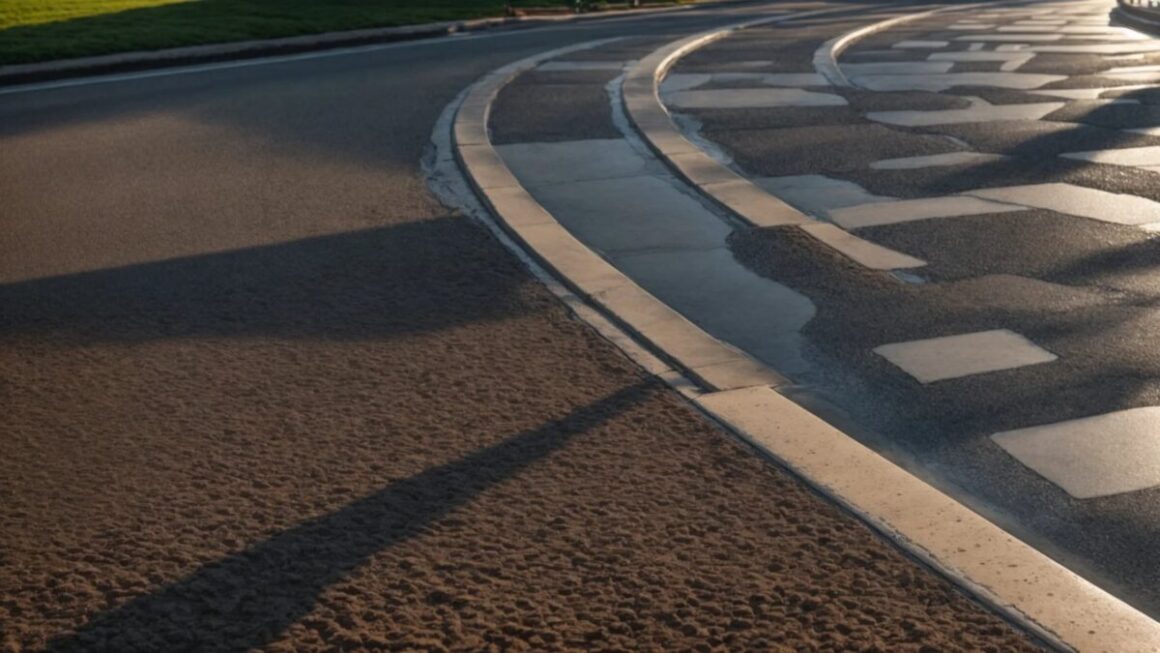
The production of aggregate concrete involves the incorporation of reused materials, such as slag or recycled concrete, which contributes to its eco-friendly profile. By reusing these materials, the carbon footprint associated with new material production is considerably reduced. This recycling process underscores the role of aggregate concrete in promoting circularity within construction practices.
Furthermore, aggregate concrete is conducive to local sourcing of materials, which shortens transportation distances and diminishes greenhouse gas emissions. Using locally sourced aggregates ensures that the environmental impact of material shipping is minimized, enhancing the overall sustainability of the construction project.
The porosity of certain aggregate concrete mixes also delivers ecological advantages. Some variations allow water to permeate through the surface, reducing runoff and aiding in groundwater recharge. This characteristic can alleviate stress on urban drainage systems and contribute to the management of stormwater in a more environmentally conscious manner.
Establishing sidewalks with green construction materials like aggregate concrete is a step towards creating more sustainable urban environments. Through the adoption of these practices, communities can demonstrate their commitment to preserving natural resources while building infrastructure that meets present and future needs.
The advantages of aggregate concrete sidewalks paint a clear picture of why this material is becoming the go-to choice for urban pavements. From its impressive durability and aesthetic flexibility to cost-effectiveness and ecological benefits, aggregate concrete stands out as a superior option for sustainable, appealing, and lasting infrastructure.


